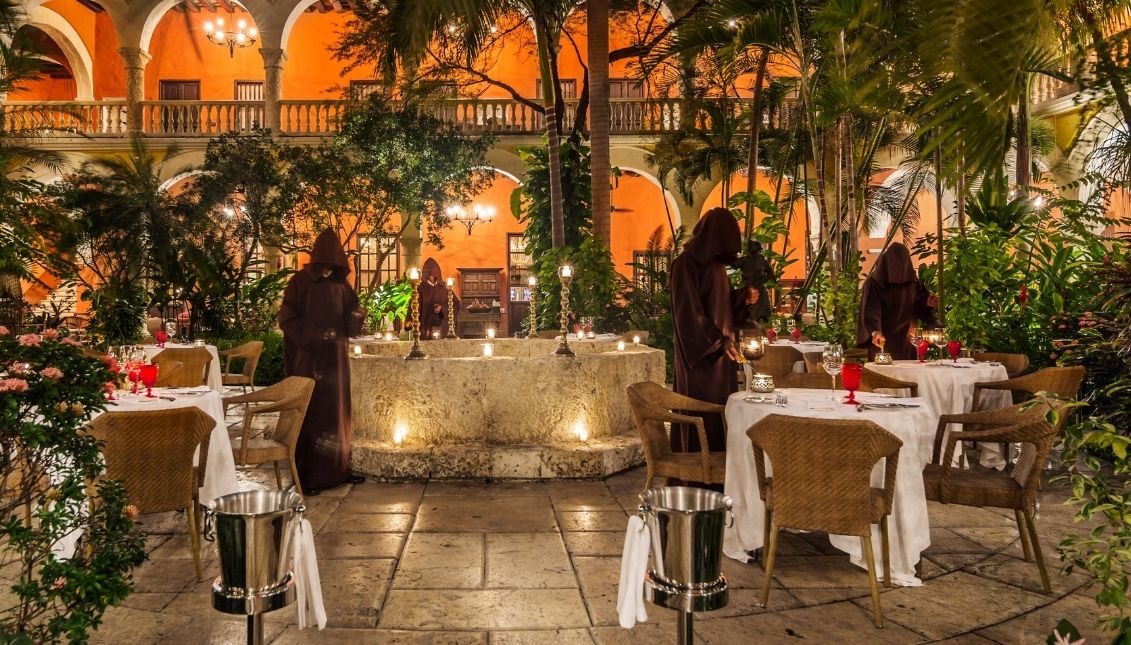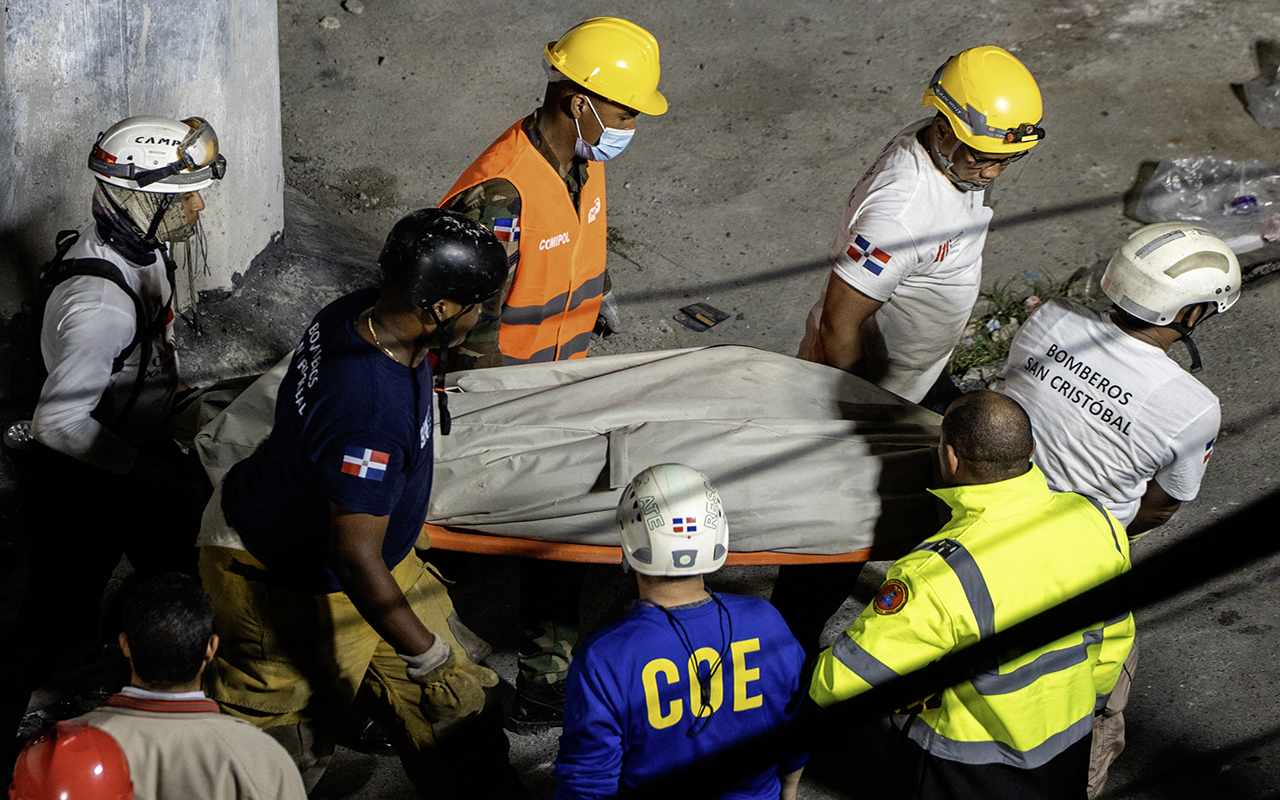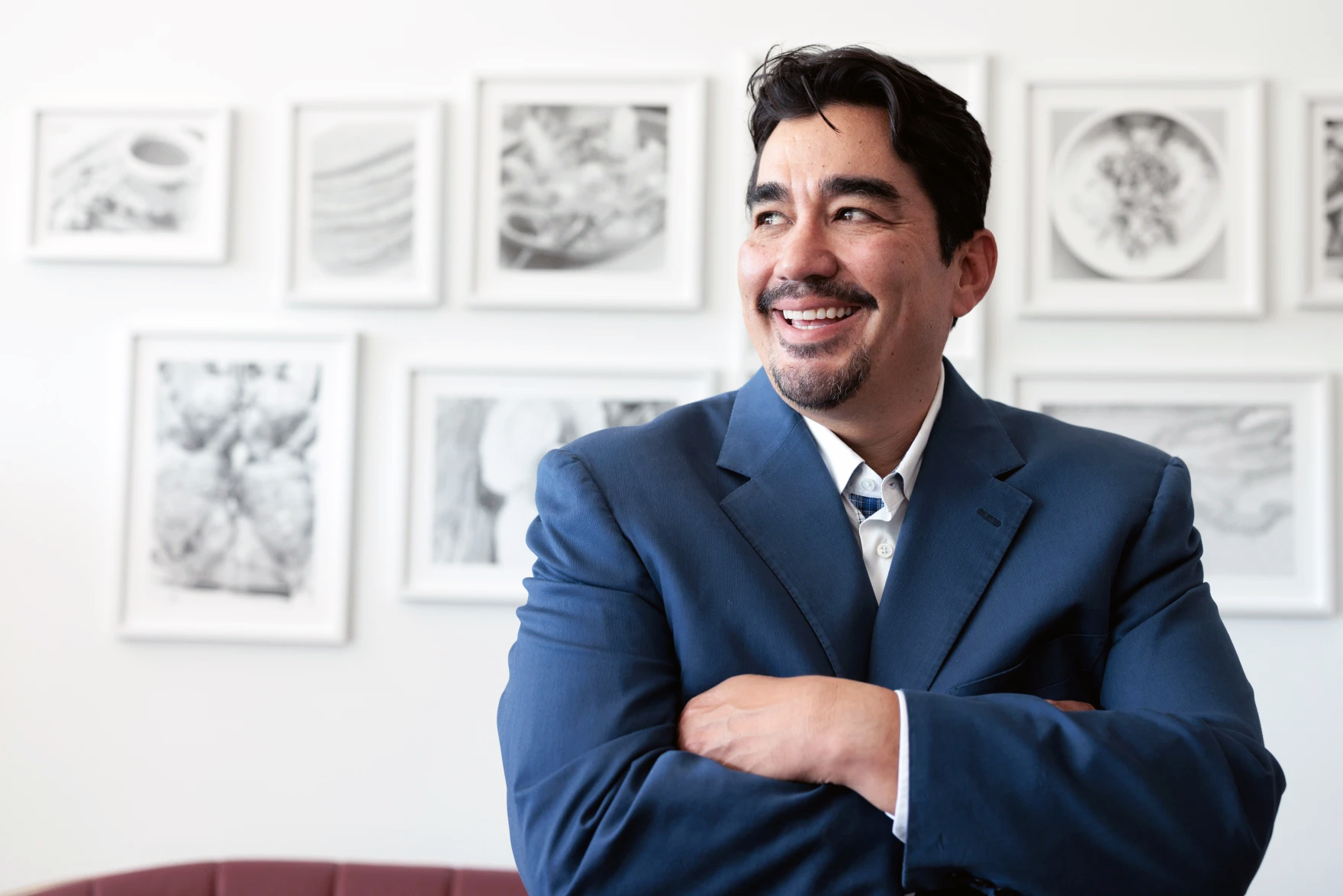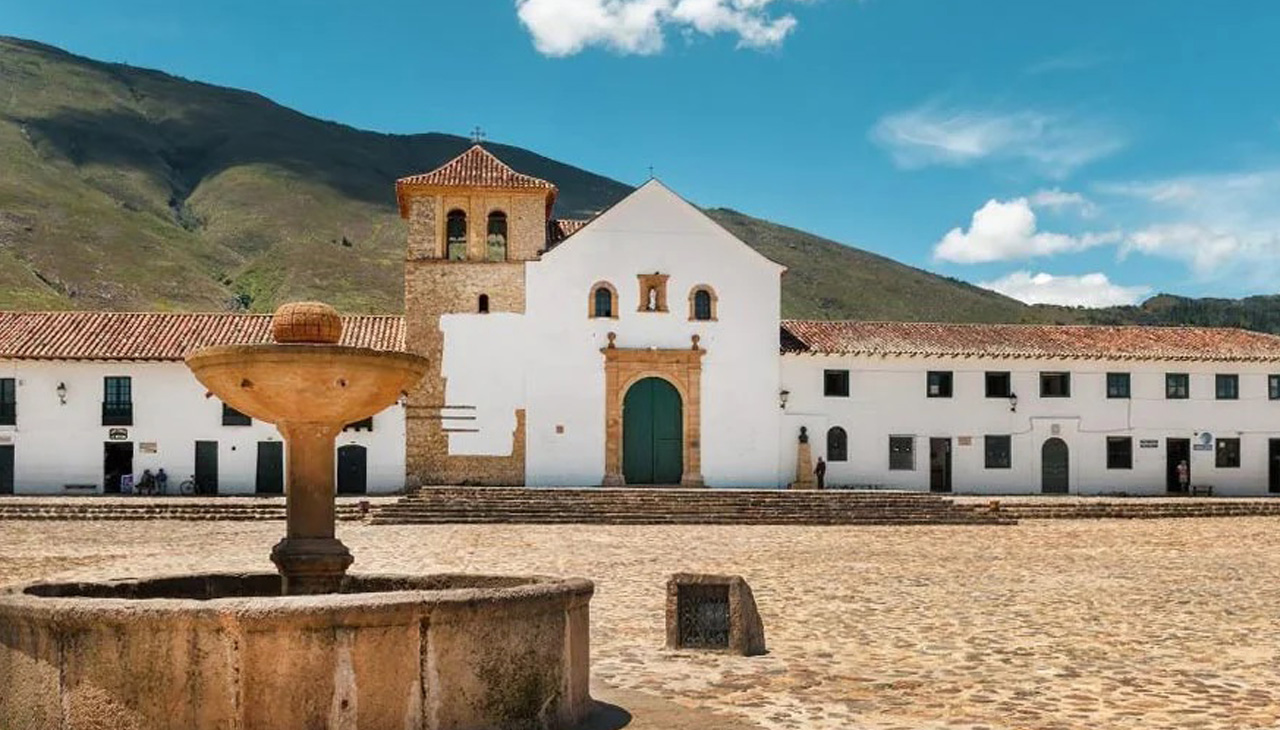
A candlelight ceremony at Hotel Sofitel Legend Santa Clara. Photo: Hotel Sofitel Legend Santa Clara.
Halloween: Five historical places that were once cemeteries in Cartagena
Get to know the stories of old Cartagena, full of mystery and anecdotes.
Cartagena is a beautiful city, full of great landscapes, colonial houses and a lot of history everywhere. Among these places stories of mystery stand out. They tell how many places that have been or are tourist attractions in the city once housed the bodies of thousands of people who died in the most macabre ways.
We present the top five places that were once cemeteries in Cartagena:
Three Cemeteries in one
Before the Spaniards arrived in America, the center of Cartagena was inhabited by the Kalamarí Indians. In the 1500s, with the arrival of the Spaniards, the place that today is known as the Naval Museum of the Caribbean, was a school of the Society of Jesus run by Jesuits.
The college building was built in the Spanish colonial style from 1607 to 1617 and functioned as such until 1840, when the cholera pandemic struck Cartagena and the Jesuit College had to be converted into a Public Hospital to attend to the health calamity the city was experiencing.
The San Juan de Dios Hospital was designed to attend the most needy people who suffered from cholera and had no way to be treated. This disease wiped out a third of the city's population, but the poor people who died and had no money to be buried in the common cemetery located in the San Diego neighborhood were thrown into the hospital's common grave, located in the hospital's courtyard.
Visitors to the Naval Museum claim to have felt and seen spirits in the corridors of the colonial building. There are even legends among the workers that mention a skeletal hand coming out of the cobblestones of the courtyard (where the hospital's mass grave used to be) and grabbing the ankles of the people who walk there.
One of the most recent paranormal experiences was relayed by an Ecuadorian couple visiting the hospital in the middle of a heavy downpour. While waiting for the rain to come down to continue their tour of the city, they noticed a ray of light passing through one of the sculptures in the main hall, they took a picture for the memory of the majestic moment, and when looking deeper, noticed a person located in the middle of the model. It was a man with the appearance of a Jesuit monk, with a long, black robe and a candle in his hand standing next to the tower that was being hit by the sun. No one else has ever been able to see the mysterious character in any other photo.
The buried children
At the time of the Spanish conquest, between what is now known as the church of the Third Order and the old movie theaters of the Cartagena Theater, was the Convent of San Francisco — a solemn place that for many years had in its courtyard a cemetery of Spanish children and other young people.
In 1555, the King of Spain was the one who authorized religious orders to formally establish themselves in Cartagena and, in addition, indicated where they could build their cloisters. When Cartagena was 22 years old, the construction of the Convent of San Francisco began.
Four-hundred and sixty-four years later, in 2019, new works began to convert the land that was once the convent and later the Cartagena Theater into a large hotel.
In the middle of the work, a group of archaeologists discovered around 600 skeletons of children in what used to be the convent's courtyard.
This finding was due to a custom of the time, where the bodies of believers were to be buried near the altar so their souls could "rest in peace." The Spaniards thought that, if they rested inside the temple, the dead would be closer to God on the day of the resurrection.
The crypt of the nuns
The old cloister of the Poor Clare Sisters in Cartagena was built in 1621, after three Italian sisters arrived in the city to begin convent life. It is said that during the 240 years the convent was in operation, about 280 nuns lived there.
After being abandoned by the Poor Clare Sisters, the property became a rat's nest in the city, since no one took care of its maintenance as the convent used to do.
In view of this situation, the place came under a law known as the 'Law of expropriation of the dead hands,' which said that these places were not on the market to be acquired by civilians. Eventually, the building passed into the hands of the state that decided to turn it into the Santa Clara Hospital, to serve the poorest patients of the city.
When the expedition was made for the restructuring of the convent into a hospital, they found there was a crypt with the corpses of the nuns who had died inside the convent in the room next to the chapel.
The crypt was the place where the nuns who passed away were buried. The Poor Clares were active and healthy women, so it is said that the corpses must have belonged to elderly women, mostly between 80 and 90 years old.
Currently, the crypt of the Poor Clare Sisters is open to the public from 3 p.m. to 5:30 p.m. in the El Coro bar of the Sofitel Legend Santa Clara Hotel. At dusk every day, the ritual of the candles is celebrated, when the butlers of the hotel dress in monks' robes and walk through the corridors lighting all the candles until they reach the crypt, where every night they light an altar in memory of the Poor Clare Sisters who died there.
The body of the slave defender
Saint Pedro Claver was a Spanish missionary and priest who arrived in Cartagena in 1610, where he dedicated his life to alleviate the suffering of the Black slaves who arrived to be sold in the city's port.
At the time, it was thought that Black people had no souls, but Pedro Claver worked until his last day of life to give them a better life outside of the Spanish families that enslaved them. For this reason, he was sanctified and declared a "defender" of the slaves in 1985.
Currently, the body of St. Peter Claver is located in the main altar of the Church of St. Peter Claver in Cartagena. It's an open space where all visitors can observe the remains of the defender of the slaves.
A college with corpses
The former Colegio de la Presentación was one of the best Catholic schools in the city of Cartagena that had to close its doors in 2014 due to a major financial crisis.
The house of the school, located in the walled center, is a museum where nowadays, the classes of the Universidad Autónoma de Nariño take place.
Like many other Catholic schools, it is said the college was also a cemetery, and throughout its history, nuns were buried in the house where they lived closer to God.
In the great house, which in colonial times was the home of the Viceroy, is also the Pozo de Noria, from which pure water still flows, and according to several local workers, the well served as an escape tunnel in wartime and leads directly to the island of Tierra Bomba.











LEAVE A COMMENT: